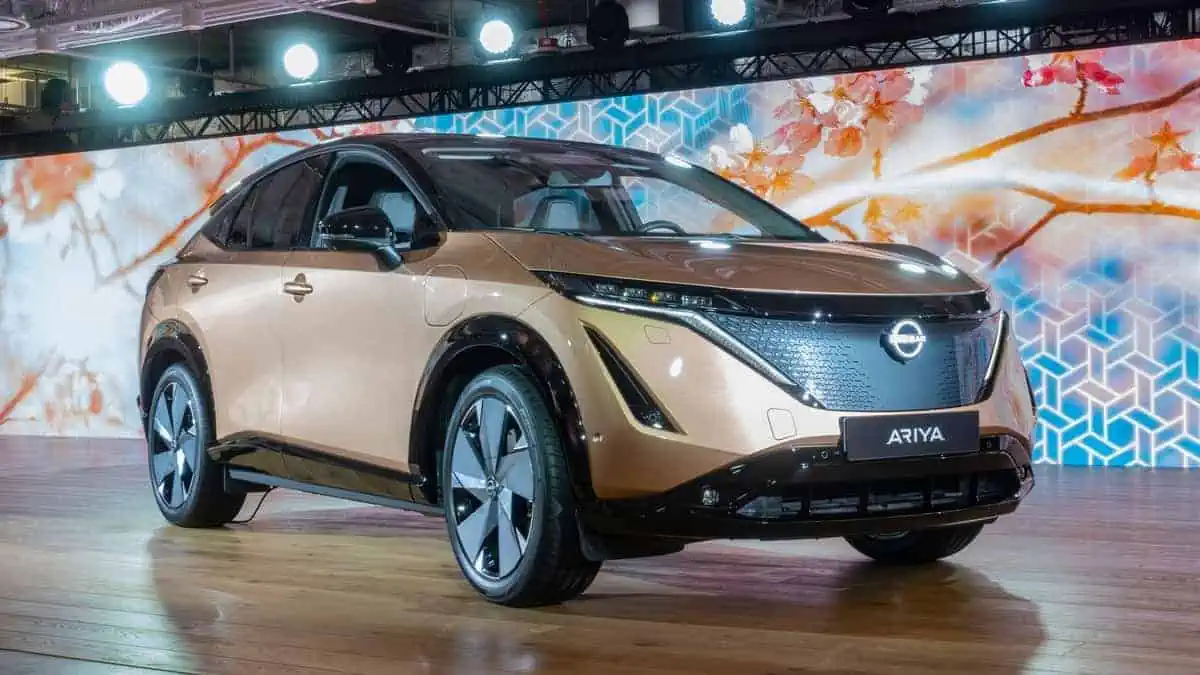Hydrogen is a significant element that carries energy better than fossil fuels for mobility applications, especially in the development of fuel cell electric vehicles (FCEVs), according to Innovation New10 Network.
As governments worldwide aim to promote clean mobility, a production ban on new diesel and petrol-powered vehicles caused urgency for more sustainable vehicle choices. According to the Society of Motor Manufacturers and Traders (SMMT), between November 2020 and November 2021, demand for battery electric vehicles (BEVs) increased by more than two-fold. However, there is still work to be done to make EVs carbon neutral if transportation is to decarbonize before the 2050 deadline.
To successfully decarbonize transport before the said deadline, hydrogen could be a very promising source. Hydrogen is commonly produced for industrial use via electrolysis, which involves splitting water into hydrogen and oxygen with the help of an electrical current.
Currently, one of the most developed hydrogen markets worldwide is in Europe, where more than half of all projects originated, as per the Hydrogen Council and McKinsey’s Hydrogen Insights Reports 2021. On the other hand, UK and EU plan to reach five gigawatts and 40 gigawatts (respectively) of production capacity by 2030.
Aside from this, Asian countries also patronize hydrogen as an energy carrier. Japan’s government already has a ‘Basic Hydrogen Strategy’ in 2017 for developing its hydrogen economy and is now looking to construct 1,000 hydrogen refueling stations for FCEVs across the country by 2030.
Hydrogen technologies would still require further development to achieve net zero targets and to be a feasible fuel source for automobile uses despite its significant growth. The first consideration is to make hydrogen green.
There are numerous ways to create hydrogen, each corresponding to a certain color, including gray, brown, and blue. However, these methods rely on fossil fuels which compromise hydrogen’s alleged sustainability superiority over petrol and diesel-powered vehicles. To make hydrogen green, electrolysis is the ideal process that results in zero carbon emissions.
North Africa has previously been identified as a priority location for boosting hydrogen availability across Europe as per the EU’s Hydrogen Strategy Report, owing to its significant supply of sunlight and subsequent renewable energy. On the other hand, US Energy Information Administration predicted a 10% increase in renewable power generation in 2022. The UK government aims to produce 5 GW of green hydrogen by 2030 with investments in projects such as the Whitelee Windfarm, which will generate electricity for hydrogen production through wind power.
Aside from making hydrogen green, automakers must also develop hydrogen-powered vehicles commercially viable. According to Innovation News Network, “FCEVs are powered by proton exchange membrane fuel cells. FCEVs turn hydrogen into electricity by combining hydrogen fuel with air and pumping it into the fuel cell. Once inside the fuel cell, this triggers a chemical reaction, resulting in the extraction of electrons from the hydrogen. These electrons then create electricity, which is stored in a small battery used to power the vehicle.”
Although green hydrogen has a strong potential for mobility applications, it would still require refining as fuel cells are incapable of functioning under heavy loads for long, which is an issue as rapidly accelerating or decelerating is a common mobility activity. The report of Innovation News Network explained:
“The solution is to install a fuel cell for a higher power requirement than necessary. For example, if a FCEV needs 100 kilowatts (kW) of power, installing a 120-kW fuel cell would ensure there is always 100 kW of power available, even if the fuel cell’s power output drops. Opting for this solution requires a resistor to remove the excess energy when not required, to perform a ‘load bank’ function.”
Fuel cell electric vehicles (FCEVs) could contribute greatly to achieving the net zero carbon emissions goals, allowing a broad, carbon-neutral EV rollout.






